Unlocking the Beauty Secrets of Tswana Dresses: Fabrics, Patterns, and Colors
Unlocking the Beauty Secrets of Tswana Dresses: Fabrics, Patterns, and Colors
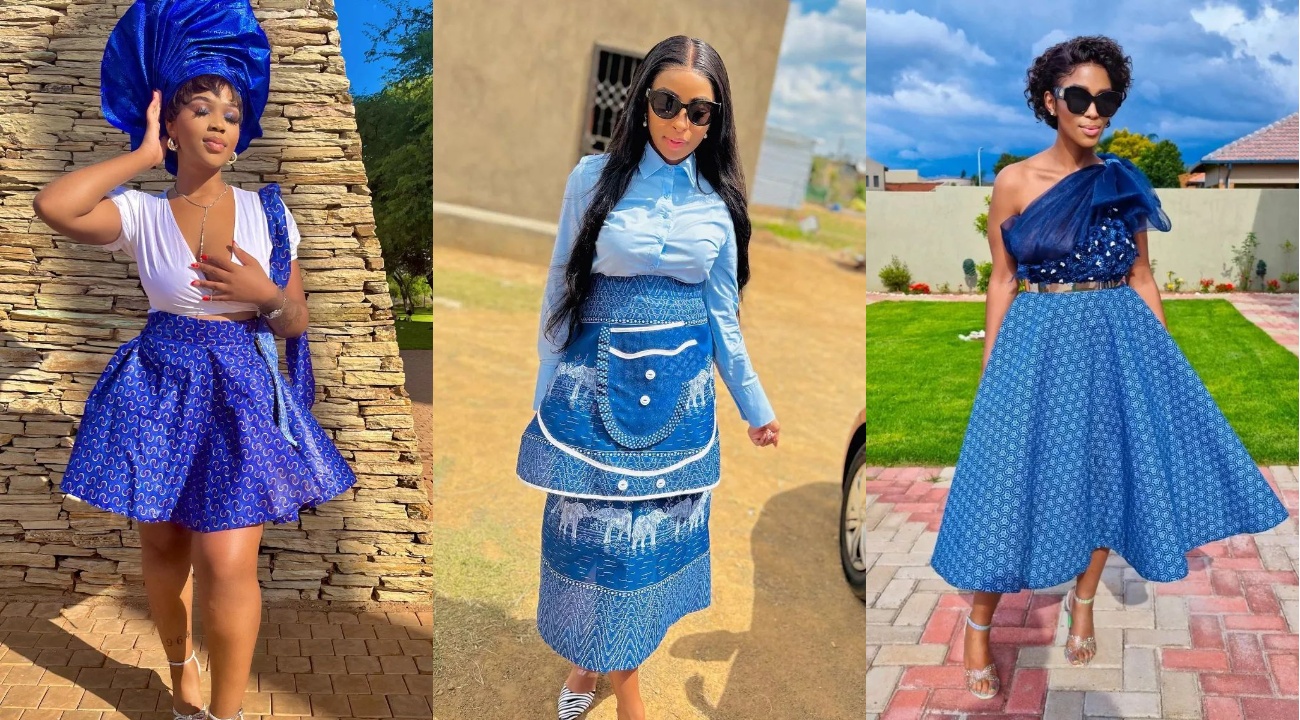
Introduction
the Beauty Secrets of Tswana Dresses are not only beautiful garments but also significant in their cultural representation. The fabrics, patterns, and colors used in these dresses have deep cultural meaning and are a reflection of the rich heritage of the Tswana people. Unlocking the secrets behind Tswana dresses can lead to a deeper understanding and appreciation of their beauty.
Introduction to Tswana Dresses and their cultural significance
Tswana dresses are traditional garments worn by the Tswana people of Botswana. These dresses hold great cultural significance and are often worn during special occasions such as weddings, festivals, and ceremonies. They are known for their vibrant colors, intricate patterns, and high-quality fabrics.
The fabrics used in Tswana dresses vary, with popular choices including African wax prints, batik, or shweshwe fabric. These fabrics not only provide a visually striking appearance but also represent the cultural heritage and traditions of the Tswana people.
The patterns found on Tswana dresses are often symbolic and reflect important aspects of Tswana culture such as fertility, spirituality, or community values. From geometric shapes to animal motifs, each pattern tells a story and carries a deeper meaning.
Colors play a vital role in Tswana dress design. Vibrant hues such as red, yellow, blue, and green are commonly used, representing elements like joy, love, abundance, or nature. Each color holds its own significance and adds to the overall beauty and symbolism of the dress.
Unlocking the beauty secrets of Tswana dresses allows us to appreciate not only their aesthetic appeal but also gain insights into the cultural values and traditions they represent. These dresses are more than just garments; they are a visual representation of the pride and heritage of the Tswana people.
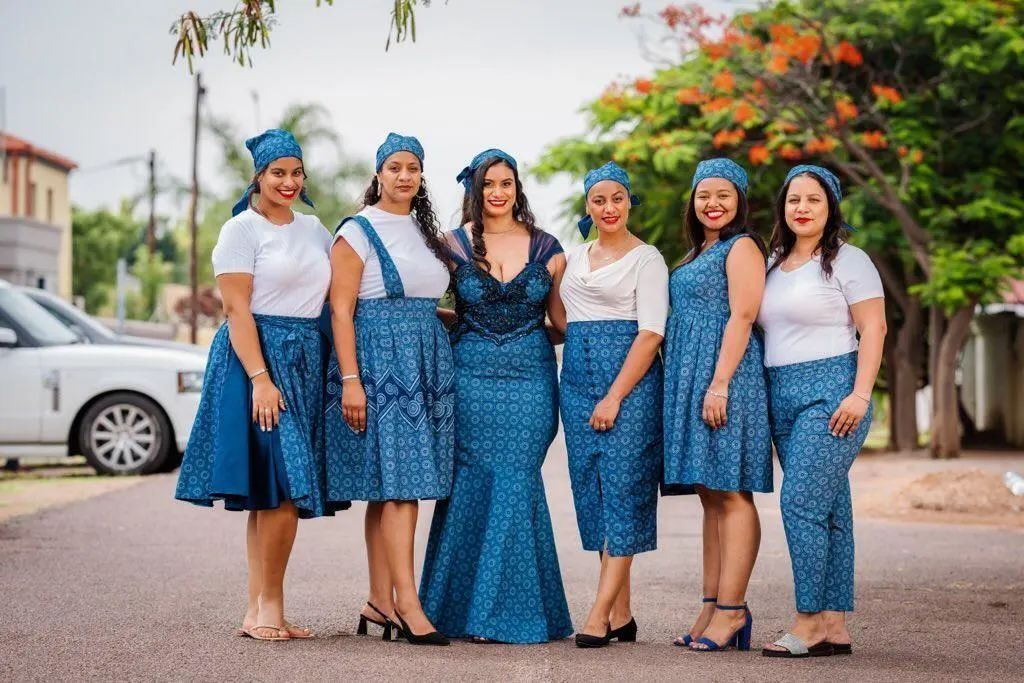
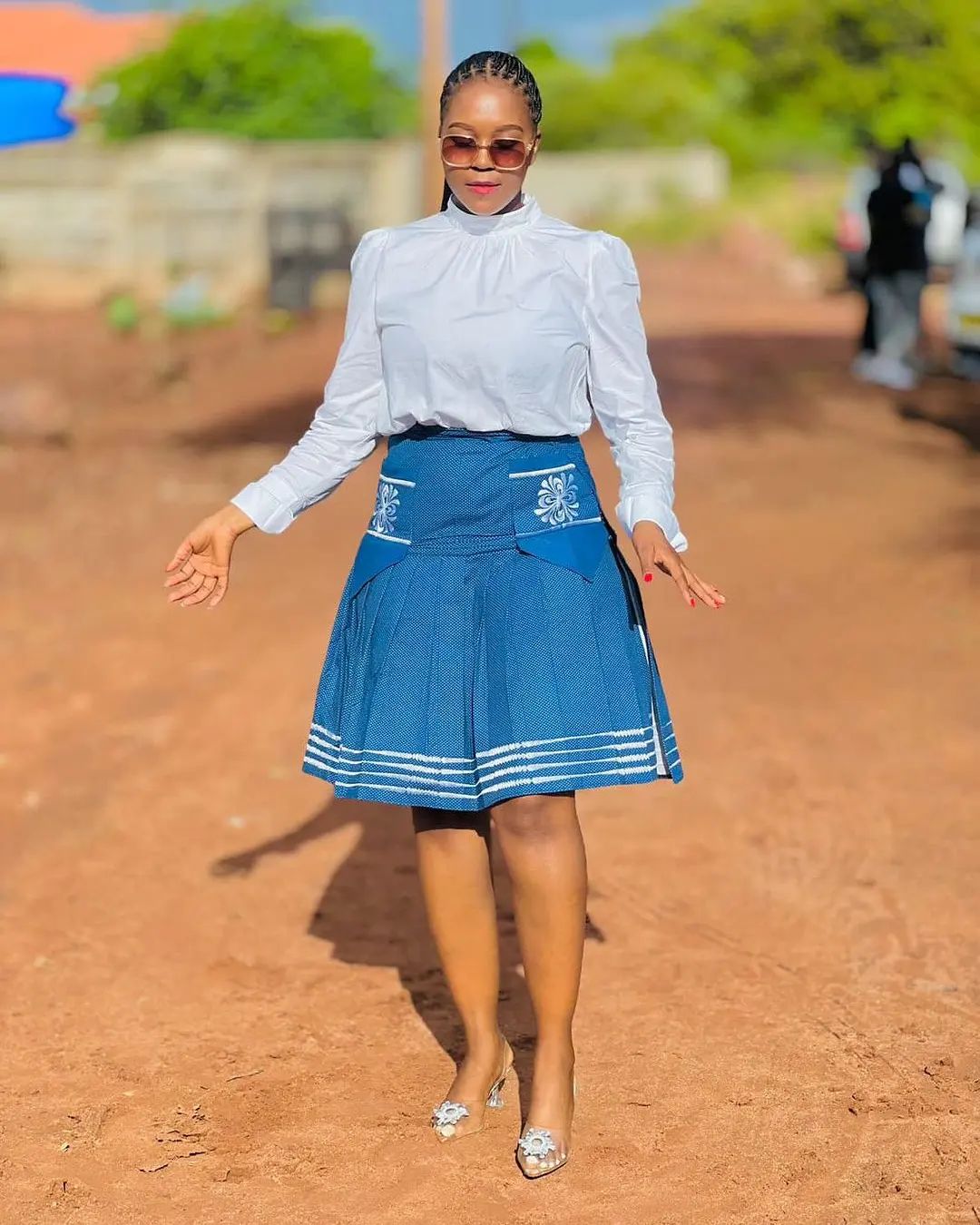
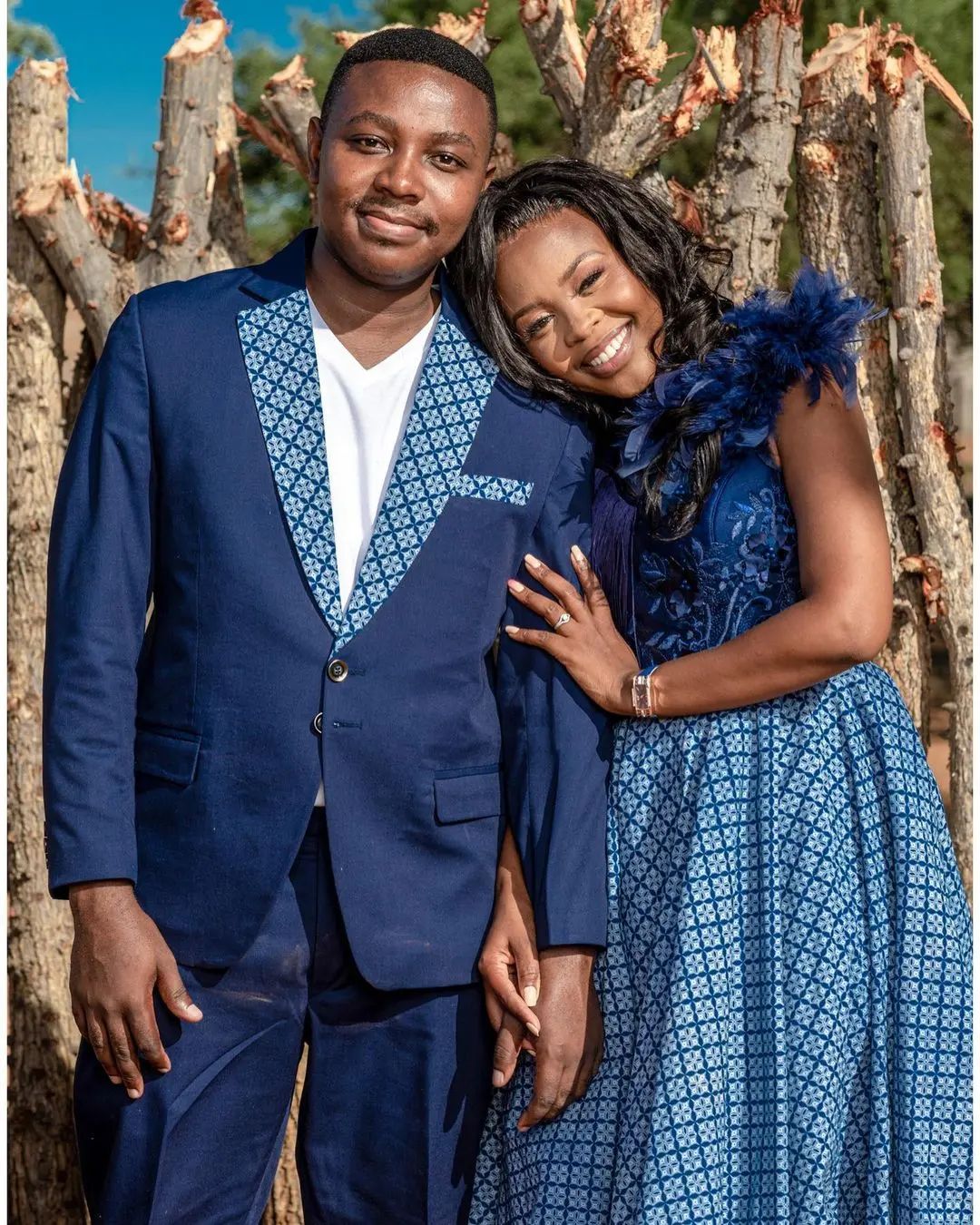
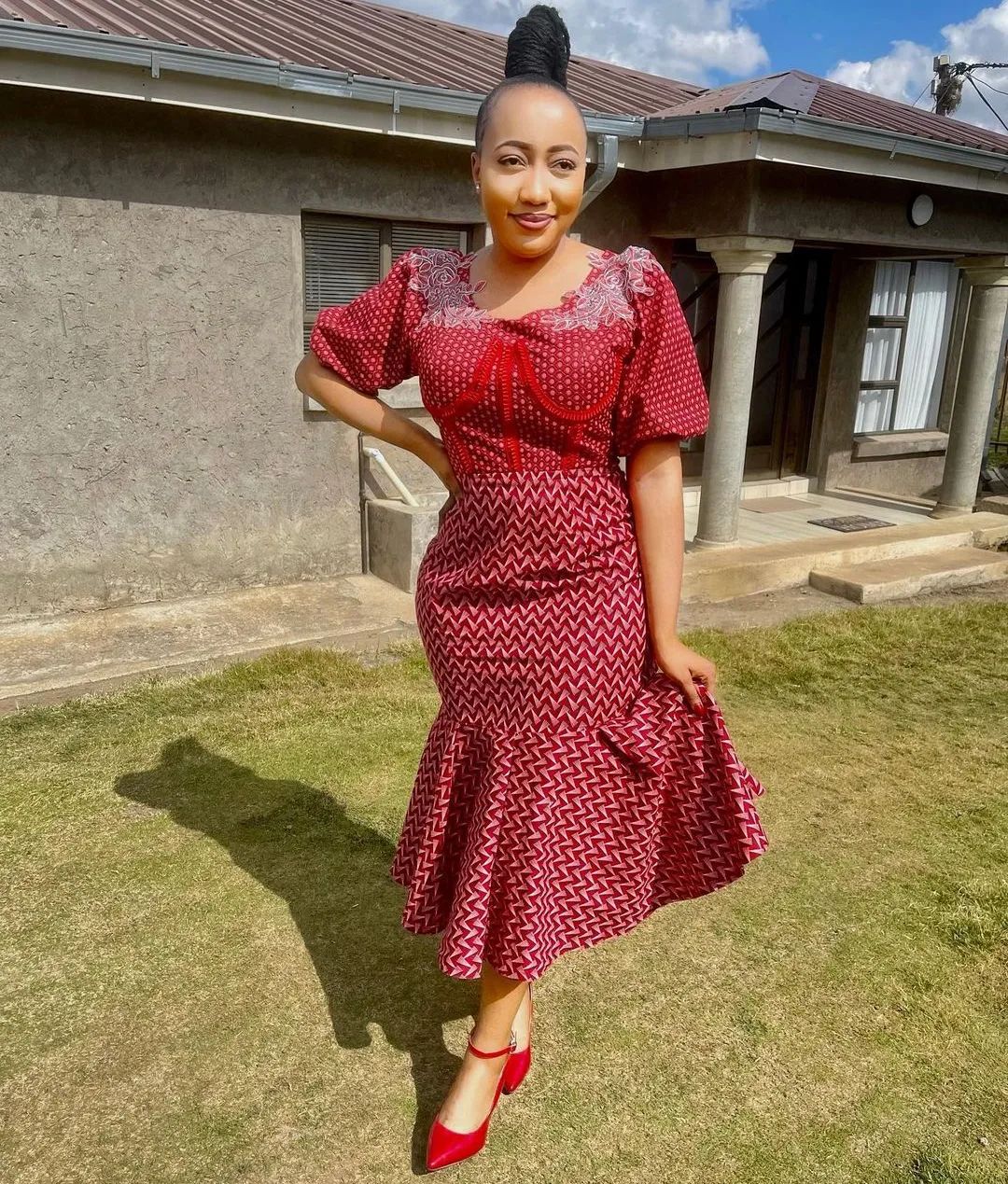

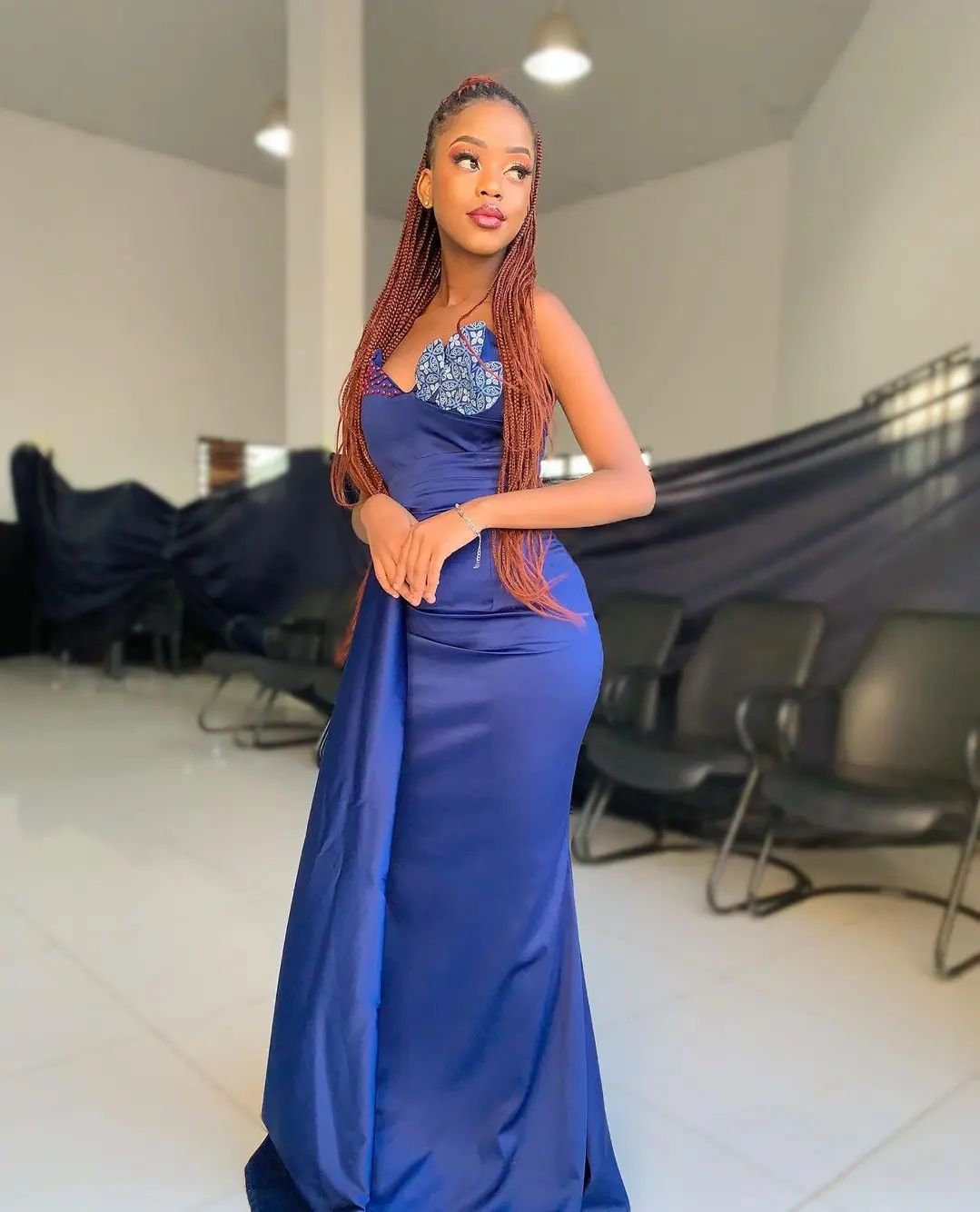
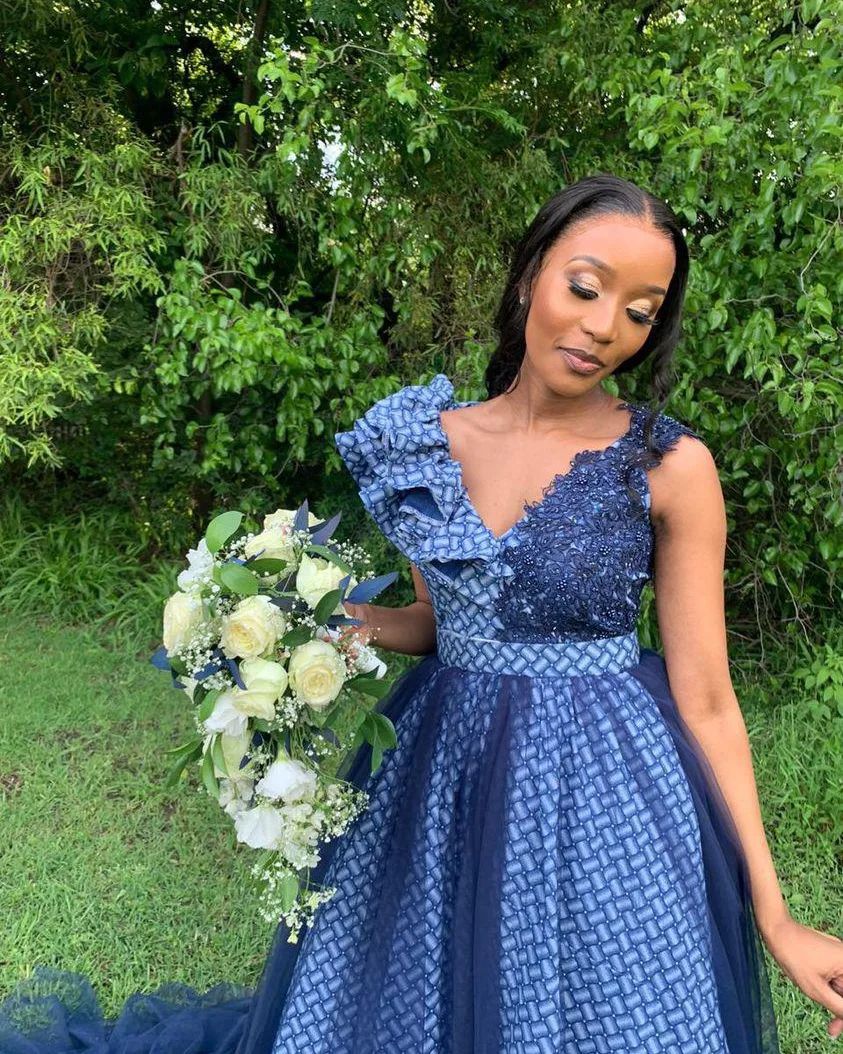
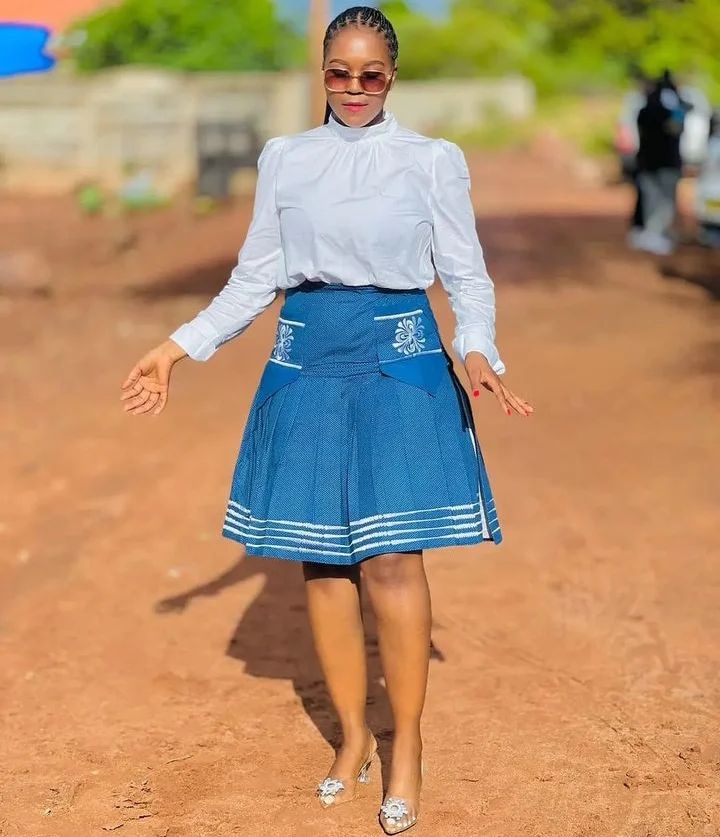
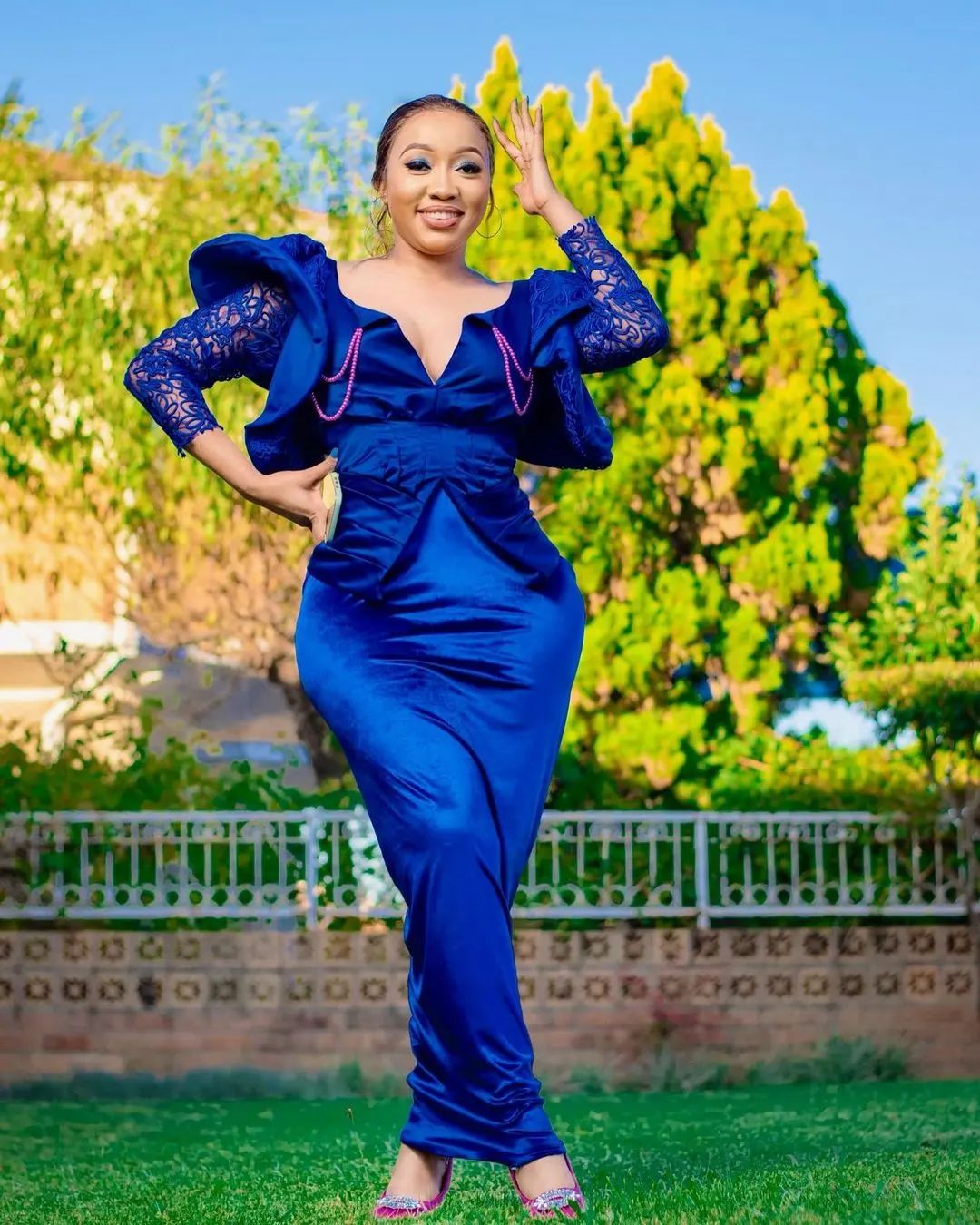
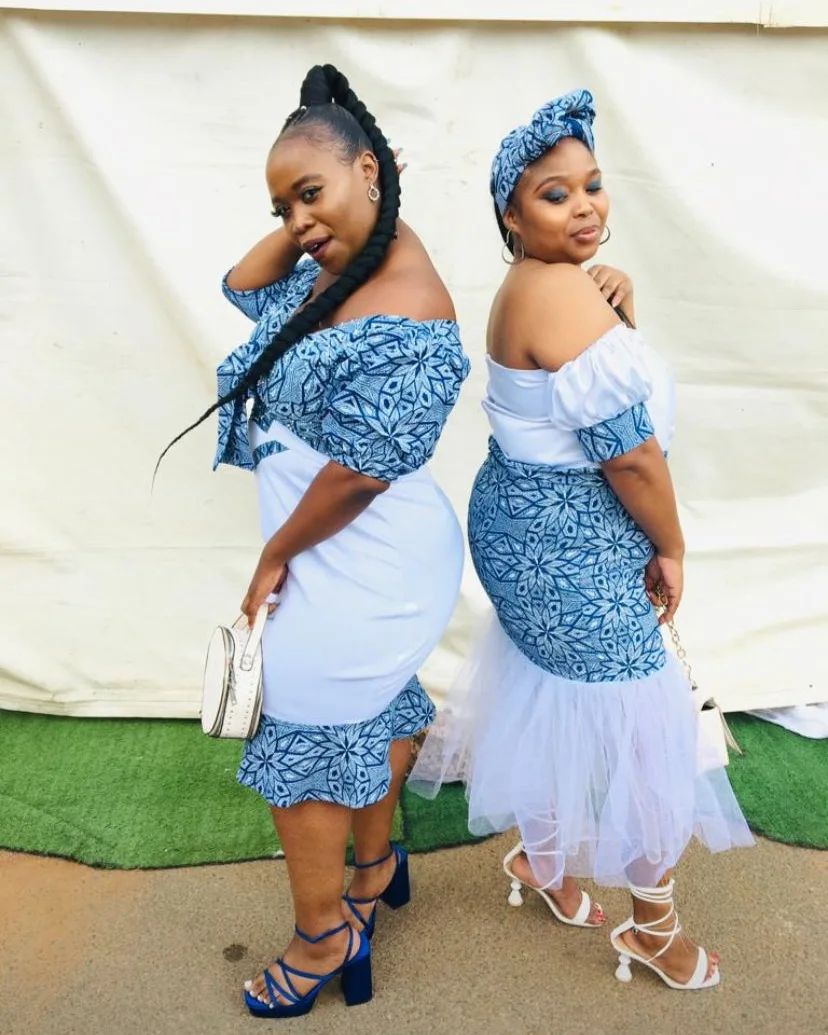
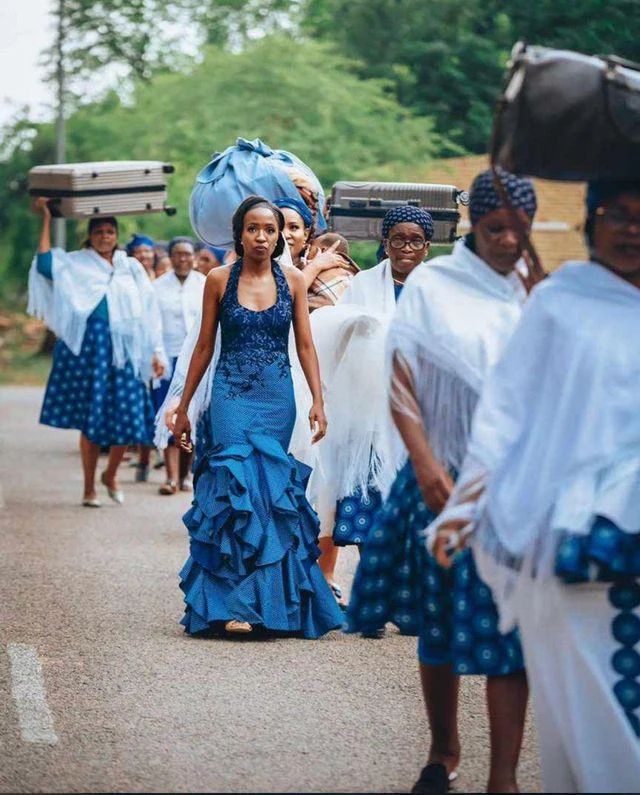

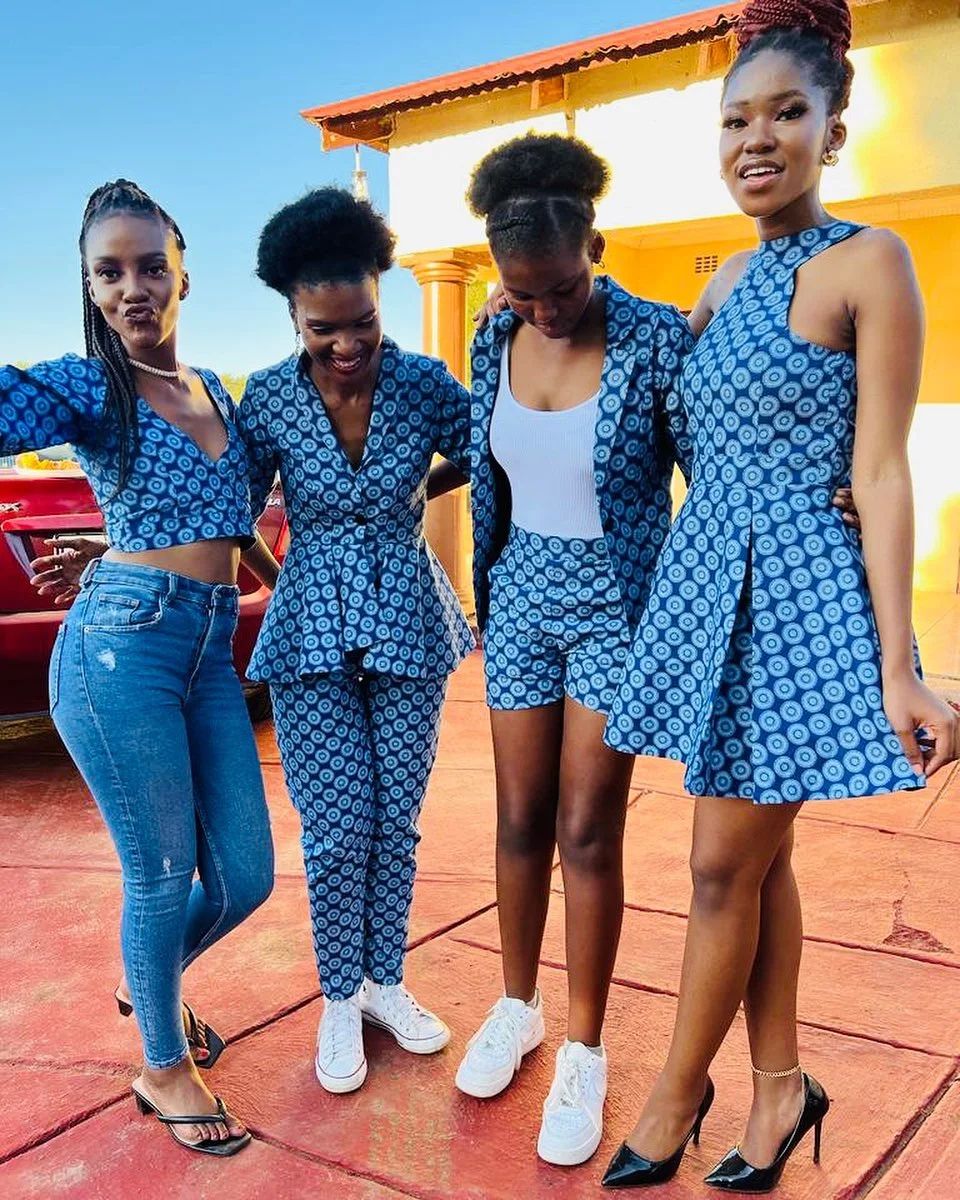
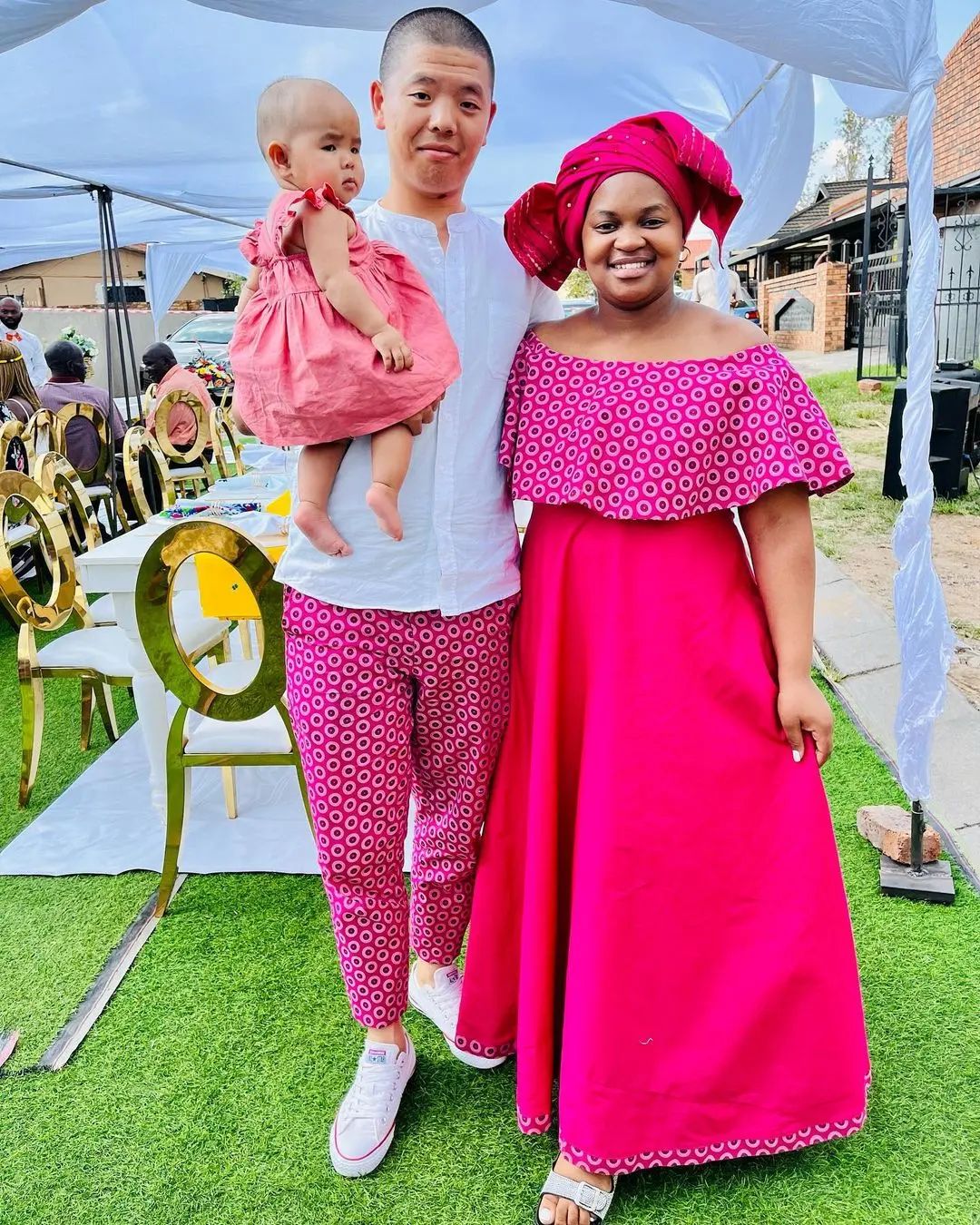









Comments are closed.